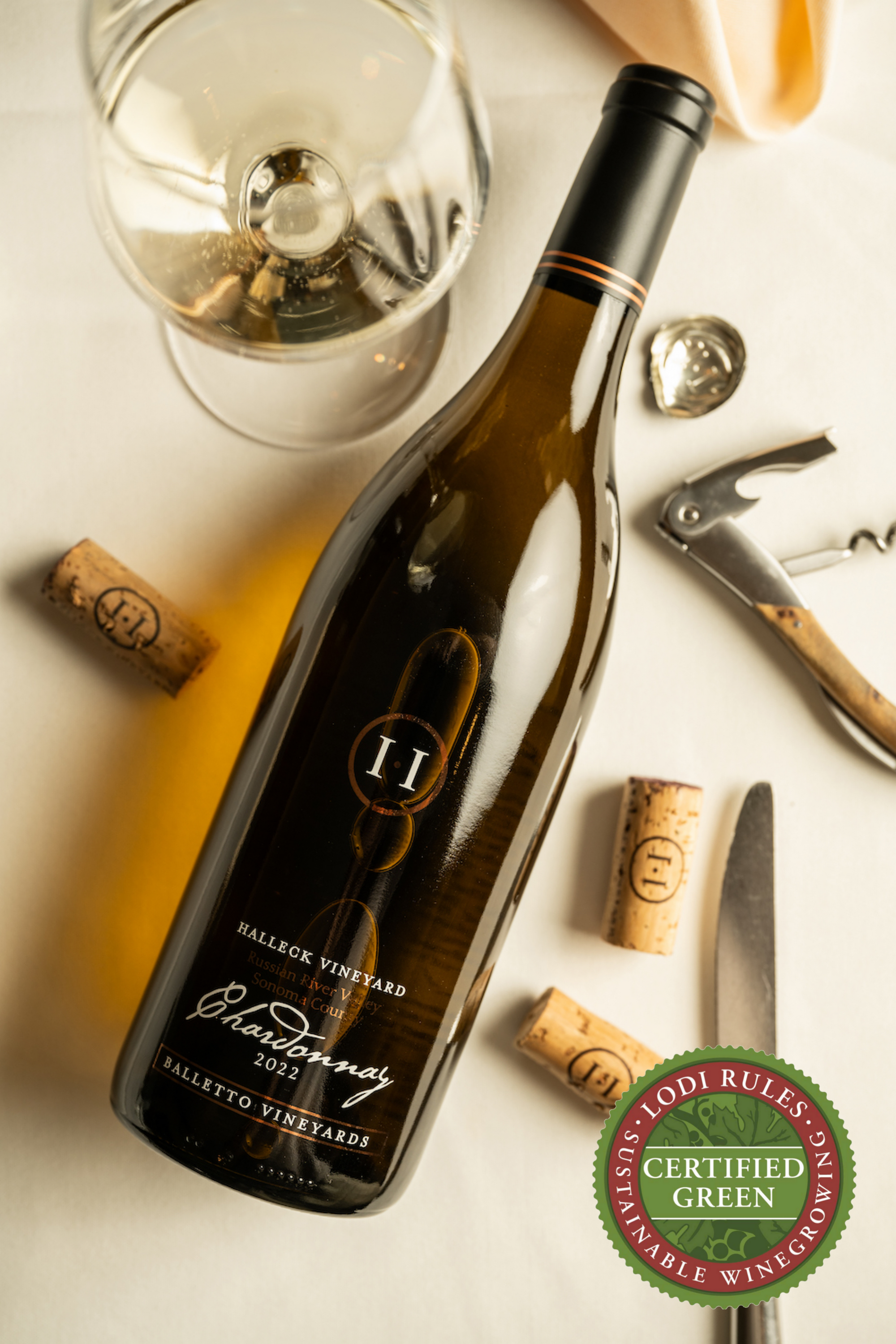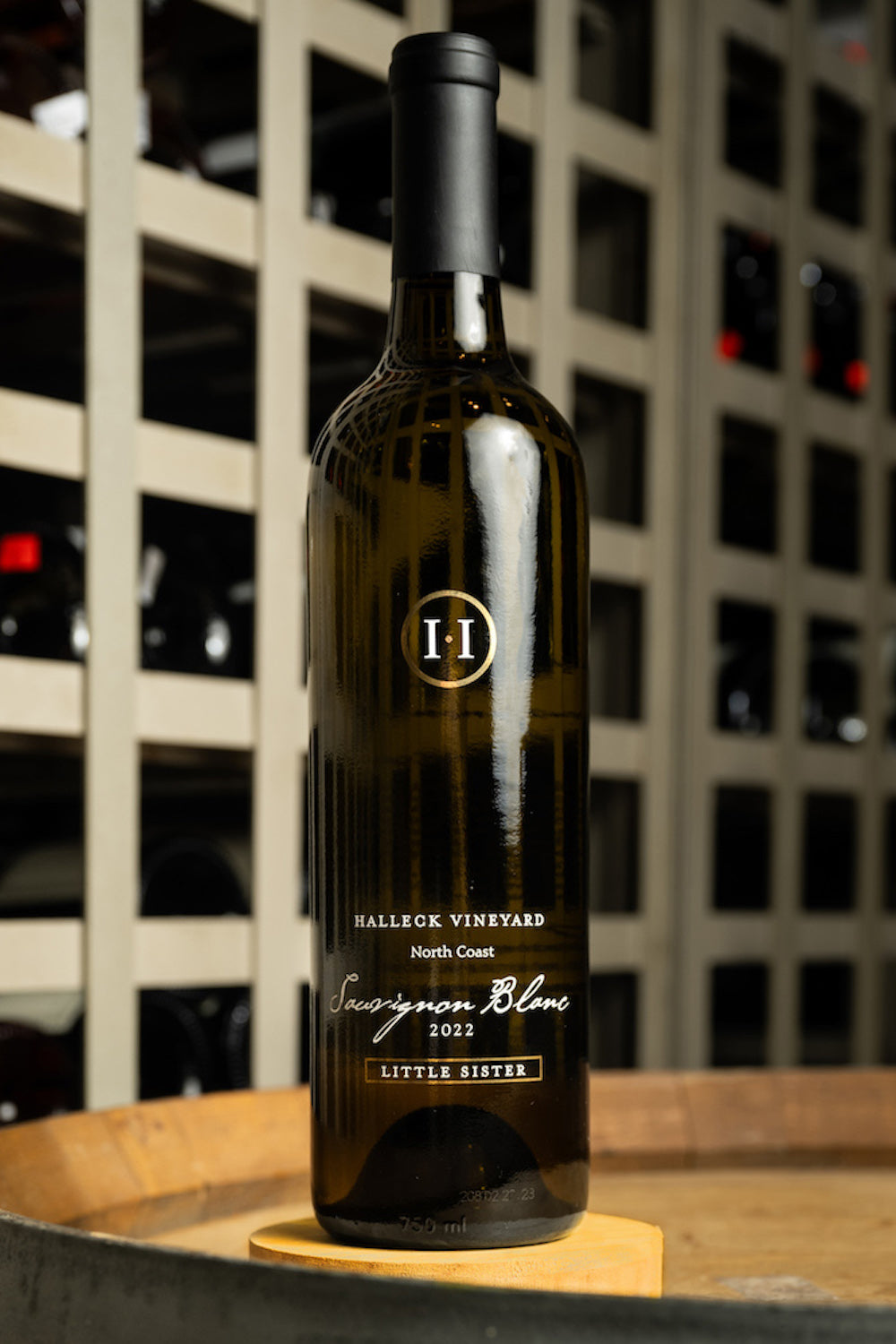All You Need to Know About Sonoma Wine Tastings
All You Need to Know About Sonoma Wine Tastings
Blog Article
Top Wine Tasting Experiences in the Russian River Valley
Understanding the nuanced vocabulary related to winery wine tasting is essential for both novices and seasoned connoisseurs alike. Every term brings to life the experience of tasting wine and can improve one’s appreciation of the many intricacies involved. Wine tasting is extra than just consuming; it is an art that entails various senses and emotions.
To start with, the term "nostril" refers again to the aromas one detects when smelling the wine. This is a crucial step as a outcome of the bouquet units the stage for the tasting experience. Notes of fruit, spice, earth, and wooden may mingle, offering a glimpse of what the palate may affirm. Understanding "nosing" the wine can dramatically elevate one's sensory journey.
Another key aspect is the term "body." The body of the wine describes its weight and fullness on the palate. A full-bodied wine has a robust presence and tends to linger longer after swallowing. Conversely, light-bodied wines may feel more delicate and refreshing. Recognizing the body helps tasters assess the wine's structure and steadiness.
Must-Visit Tasting Rooms in California
The concept of "tannins" is significant in purple wine tasting. Tannins are compounds derived from grape skins, seeds, and stems, contributing to a wine's texture and getting older potential. High tannin wines usually lead to a dry mouthfeel, while lower tannin ranges yield a smoother experience. This distinction is especially important when pairing wines with food, as tannins can both complement or conflict with certain dishes.
In addition to tannins, "acidity" performs a significant function within the wine tasting experience. Acidity offers wine its crispness and liveliness - Taste Premium Wines from Sonoma County. Wines with greater acidity tend to be refreshing and energizing, making them glorious companions for quite a lot of foods. Recognizing acidity can drastically enhance one’s food-pairing capabilities and general tasting enjoyment.
When delving into the flavor profile of a wine, one could encounter the term "end." The finish refers to the aftertaste that lingers in the mouth after swallowing. A lengthy finish is commonly related to high-quality wines, because it signifies complexity and depth. A short end might recommend an easier wine. Understanding how to consider the finish can reveal a lot a couple of wine's character.
Exploring the "vintage" is also integral to wine tasting terminology. The vintage denotes the year by which the grapes had been harvested. Totally Different years can yield vastly completely different results due to variations in climate circumstances. For occasion, a scorching summer season can produce more concentrated flavors, whereas a cooler 12 months might yield extra refined, nuanced wines. Understanding vintage permits for a deeper appreciation of a wine’s origin and potential.
Sustainable Practices at Wineries in Sebastopol
The term "terroir" encompasses the geographical and environmental elements that contribute to a wine's distinctive character. Components corresponding to soil type, local weather, elevation, and topography all play a task in the flavor and quality of the wine. This connection to position helps one perceive why wines from totally different areas can taste so distinctively totally different, even when produced from the same grape selection (Uncover the best Vineyards in Sonoma County for Outstanding Wine Tasting).
When engaging with wines, the phrase "leg" refers back to the droplets that kind on the within of the glass after swirling. These droplets can point out the wine's alcohol content material and viscosity. While observing the legs might not instantly relate to the description wine’s style, it provides to the overall experience and intrigue of wine tasting less transparent.
Experience Sustainable Wines at California Vineyards
A extra particular term that will come up throughout tastings is "oak." The affect of oak barrels on wine can impart flavors such as vanilla, toast, or spice. The degree of oak aging can vary widely among wines, affecting both aroma and taste. Understanding oak treatment provides insights into the winemaker’s decisions and the resulting complexity of the wine.
In wine tasting, one may additionally hear the term "palate." The palate refers to the general taste experience in the mouth. This encompasses sweetness, bitterness, acidity, and body. A well-balanced palate is important for a harmonious tasting experience, and recognizing any imbalances helps assess the quality of the wine.
The experience of wine tasting is greatly enriched by understanding the terminology that accompanies it. Each term serves a purpose, enhancing the ability to convey thoughts and emotions about the wine one's experiencing. This vocabulary bridges communication between tasters, sommeliers, and winemakers alike.

To fully take pleasure in wine tasting, it is essential to engage all senses. The sight of the wine, its colour, and readability can present perception into its age and high quality. Swirling the wine releases aromas that heighten the olfactory experience, whereas the precise tasting allows for an entire evaluation of the wine's profile.
From Vine to Glass of Sebastopol Vineyards 95407
In conclusion, understanding the detailed clarification of winery wine tasting terminology greatly enhances the experience of tasting. Each term invites the taster to have interaction extra deeply with the wine, encouraging connections to the senses, the winemakers, and the lands Visit Your URL the place the grapes are grown. This nuanced vocabulary creates a richer, more fulfilling wine tasting experience.
- Aroma refers back to the scents launched by the wine, which might point out its grape selection and affect the tasting experience.
- Tannins are natural compounds found in grape skins, seeds, and stems, contributing to the wine's structure and growing older potential.
- A finish, or aftertaste, is the lingering flavor sensation that is still on the palate after swallowing, usually a key indicator of high quality.
- Physique describes the burden and fullness of wine within the mouth, typically categorized as light, medium, or full-bodied.
- Terroir denotes the distinctive environmental traits of a winery that affect the taste and quality of the wine, including soil type and climate.
- Acidity is a crucial element that contributes to a wine's freshness and stability, impacting its growing older capability and overall flavor profile.
- Vintage indicates the year grapes were harvested and plays a significant function in determining the wine's characteristics, reflecting particular weather conditions.
- Decanting entails pouring wine from its bottle into one other vessel, permitting it to aerate and enhancing its flavors and aromas.
- A corked wine may be tainted by a defective cork, resulting in musty or off-putting flavors that detract from the wine's intended profile.
- The term “legs” refers to the droplets that cling to the inside of a glass after swirling, often related to the wine's alcohol content material and viscosity.undefinedWhat is the which means of "nostril" in wine tasting?undefinedThe "nose" refers back to the aroma profile of the wine, which is detected through the sense of smell. It Is an essential facet of wine tasting, as aromas can reveal lots concerning the grape variety, winemaking course of, and growing older.
How ought to I correctly style wine?undefinedTo taste wine effectively, follow these steps: observe the color, swirl the wine to aerate it, take a mild sniff to seize the aromas, sip and let it coat your palate, and at last, note the end. This approach helps in appreciating the wine’s complexity.
What are "tannins" and the way do they have an result on wine?undefinedTannins are natural compounds found in grape skins, seeds, and stems that contribute to a wine's construction and astringency. They can create a drying sensation within the mouth, and so they additionally play a task in the wine's aging potential.
Explore the Scenic Wineries of Sebastopol

What does the term "balance" imply in wine tasting?undefinedBalance refers to the concord between the different parts of a wine, similar to acidity, sweetness, alcohol, tannin, and flavor depth. A well-balanced wine may have every of these components supporting each other rather than overpowering the others.
What is the importance of "terroir" in wine tasting?undefinedTerroir encompasses the environmental factors—such as soil, climate, and geography—that affect the characteristics of the wine produced in a selected region. Understanding terroir helps tasters recognize the distinctive qualities that different areas impart to their wines.
What does "vintage" mean and why is it important?undefined"Vintage" signifies the year when the grapes have been harvested. It is essential as a end result of it affects the wine’s high quality and characteristics, as climate situations through the rising season can significantly affect flavor profiles and aromatics.
What are "legs" and what do they signify?undefined"Legs" discuss with the droplets that type and run down the within of a glass after swirling wine. While they will point out alcohol content and viscosity, they do not decide quality—this is more about personal notion of richness.
Sip and Savor Wines from Nearby Wineries in California 95404

What does "full-bodied" imply versus "light-bodied"?undefined"Full-bodied" wines are rich, dense, and often have larger alcohol content material and complex flavor profiles, whereas "light-bodied" wines are extra delicate and refreshing with a lower alcohol content material. This distinction helps tasters understand the expected weight and mouthfeel of the wine.
How can I determine fruit flavors in wine?undefinedTo identify fruit flavors, contemplate the aroma and style profiles. Swirl the wine, inhale deeply to capture the bouquet, and give consideration to specific characteristics. Familiarity with typical fruit profiles of assorted grape varieties can enhance this identification course of.
What is "finish" in wine tasting?undefinedThe "end" refers to the aftertaste that lingers in the mouth after swallowing. A lengthy, complicated end is usually an indication of high quality in a wine, as it displays the depth of flavor and overall craftsmanship within the winemaking process. Report this page